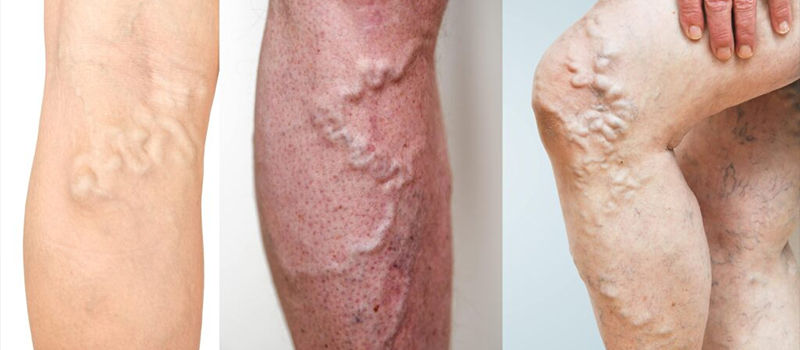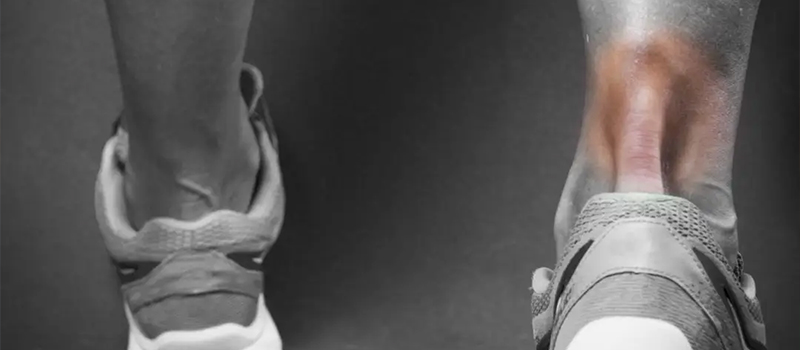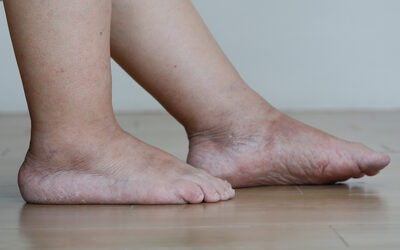Exploring Common Causes of Calf Pain
Calf pain is a musculoskeletal discomfort developed at the backside of the lower leg. The calf consists of 2 muscles, which are known as the gastrocnemius and the soleus. They come together at the Achilles tendon, which is fixed to the heel bone.
Causes of calf pain
Varicose veins
Varicose veins are veins that become swollen and twisted and may appear as cords on the surface of the legs. They arise due to the faulty valves in the blood vessels allowing the backflow of blood.
Varicose veins often occur in the legs and lead to pain, throbbing, cramping, and aching symptoms.
Deep vein thrombosis
DVT (deep vein thrombosis) is a condition in which blood clots from one of the leg veins. This disease among other things leads to pain that can be very severe and poor leg circulation.
Individuals have a higher risk of DVT development if they have been sitting for a long time, for instance on an airplane or if they have hypertension or bleeding disorder disease.

Arterial claudication
The patient can experience calf ache because blockage in the arteries which are responsible for delivering blood to the limbs is present. This artery condition is known as arterial claudication.
When someone is performing an exercise and they have arterial claudication, they can experience pain since the lower legs demand blood to flow for walking or running. If the blood flow is hindered owing to the occluding of veins, a person will be diagnosed with calf muscle pain.
Neurogenic claudication
The Neurogenic claudication is caused by a pinched nerve in the legs that can result in decreased communication between the nerves and the lower legs. Neurogenic claudication most often occurs alongside lumbar spinal stenosis or the shrinkage of the vertebrae and the pinch on the nerves. Sciatica is a sort of neurogenic claudication.
Achilles tendinitis
The Achilles tendon is a strong, fibrous structure that connects the calf muscle to the heel bone. If the calf muscles already contain a lot of tension, then this may force down the Achilles tendon. As a result, one may experience dizziness or calf pain. Stretching on a regular basis soothes the symptoms also.

Compartment syndrome
Calf compartment syndrome can be known to occur in the circumstance of a severe injury or a trauma-related case. It is linked to unevenly the distributed or build-up of blood or fluid under the skin tissue.
This condition, in turn, irritates the nerves and blood vessels in the lower limb, resulting in pain, swelling, numbness, and the sensation of tingling. Chronic compartment syndrome (CCS) symptoms may be numbness, bulging/enlarging of muscles, or difficulty moving the foot.
Diabetic neuropathy
In diabetic neuropathy, a person suffers nerve damage because of diabetes. Frequently high blood sugar levels may damage the nerves of your body, often starting with the hands and feet. Occasionally, the numbness and tingling sensations can lead to the pain shooting down to the calf muscles.

Diagnosis and Treatment
For mild pain in your calf muscles, you can usually treat it using the RICE method (R-rest, C-compression, and E-elevation).
Surgery is seldom required for the management of calf pain. Calf surgery is usually feasible only after conservative treatments have failed to relieve symptoms and after easing the tightness that may result in secondary issues, for example, foot and ankle pain.
Washington Vascular Specialists offers top-quality care and treatment and management of all foot and ankle problems. Book your appointment today. Call 301-891-2500.



